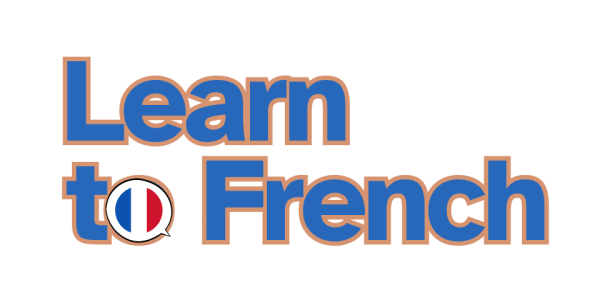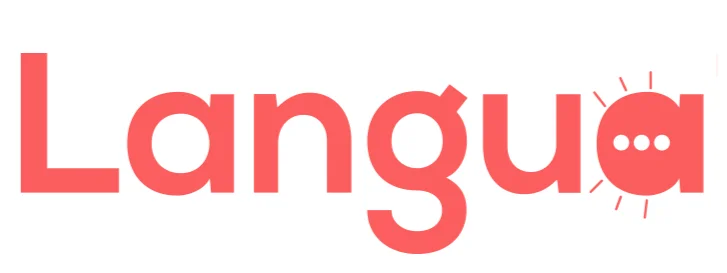Learning French as a beginner can be a little confusing. But even if you are not a beginner, you might have missed on some crucial points to learn! That’s why I suggest you take a quick look at this A1 French study guide and organize your learning.
A1 French study guide – Écouter
Why do I need an A1 French study guide?
There are many reasons for you to need a clear A1 French study guide, but the main one would be: you are learning French by yourself and would like to know what exactly you should focus on.
If you are planning on taking the DELF A1 exam, it’s always good to have an overview of the most important things to learn.
You might also like
A1 French Study Guide: How to
In this study guide, I will obviously not be writing down all of the lessons for you, for two main reasons. First of all, doing so would take an incredible amount of time and you would most probably be dropping out after a few minutes. Reading can get boring.
The second reason is that I want to encourage you to do things by yourself. Let me explain.
I have worked with all kinds of students, but there is one thing that we do, during or after our classes, that is highly effective. If a student asks me a question, and if I think that they can find the answer by themselves, I let them do it. If they don’t understand a word and are asking for the translation, I tell them to check in the dictionary, instead of directly telling them what this word means.
We can also work on tasks and homework. I always insist on doing things by themselves, using the tools that they need. By doing so, the learner will be able to remember the steps that they took to get to where they are, which makes memorization much easier.
So in order to give you a nice A1 French study guide, I would like to break the elements into different categories: vocabulary, grammar, phonetic, conjugation. That way, you will be able to classify them and be more organized.
In each section, you will find the elements to learn. All you need to do is do your own research (Google is your friend!). Once you have taken a look at this information, you can create a checklist titled “A1 French study Guide”. Organize your findings in a binder or a folder on your computer. Make sure to work on exercises afterwards, there are PLENTY of them online.
Vocabulaire A1
Vocabulary includes the lexicon of a specific theme or topic in French.
Grammaire A1
Essential grammar points to master in order to be able to communicate and build sentences.
Phonétique A1
Things to know about phonetics of the French language. This will help you not only understand French better, but also pronounce words.
Conjugaison A1
You have to make sure to include conjugation, as it is essential to communication!
You might also like
Vocabulaire A1
Les nombres cardinaux – Cardinal numbers
La famille – Family
L’apparence physique – Physical appearance
La maison, le foyer – The home, the household
L’habillement – Dressing
Les fruits, légumes et ingrédients de base dans la cuisine – Fruits, vegetables and basic ingredients in the kitchen
Les lieux publics et les commerces – Public places and stores
Les boissons – Drinks
Les nombres ordinaux – Ordinal numbers
Les émotions et sentiments – Emotions and feelings
La météo – The weather
Les vacances – Holidays
Les moyens de transport – Means of transportation
Les animaux domestiques – Pets
Les jours de la semaine et les mois de l’année – Days of the week and months
Grammaire A1
Se présenter – Introducing yourself
Articles définis et indéfinis – Definite and indefinite articles
Saluer, prendre congé – Greetings, saying goodbye
Vouvoiement, tutoiement – The use of VOUS vs TU
La négation – Negation
Le genre des noms – Gender of nouns
Les adjectifs qualificatifs – Adjectives
Les articles partitifs – Partitive articles
Le pluriel des noms – Plural form of nouns
Dire la date et l’heure – Drinks
Exprimer le lieu et la localisation – Express the place and localization
Les prépositions chez et à – Prepositions chez and à
Parler de ses activités et de ses loisirs – Talking about your activities and hobbies
COD et COI – Direct object and indirect object
Marqueurs temporels – Time markers (today, tomorrow…)
Les principaux adverbes – The main adverbs
Les adverbes de lieu – Adverbs of places
Les adverbes de quantité – Adverbs of quantity
Le passé récent – Recent past (VENIR de + verb)
Le futur proche – Near future (ALLER + verb)
Les pronoms toniques – Tonic pronouns
L’utilisation de C’est – The use of C’est
Parler de ses goûts – Talking about tastes
La comparaison – Comparison
L’utilisation du passé composé – The use of passé composé
Demander et donner des informations – Asking and giving information
Les pronoms COD – Direct object pronouns
Les pronoms COI – Indirect object pronouns
Le futur simple – The future tense
L’utilisation du futur simple et du futur proche – The use of futur simple vs futur proche
Décrire une personne – Describing a person
Les pronoms en et y – Pronouns en and y
Le pronom relatif qui – Relative pronoun qui
Le pronom relatif que – Relative pronoun que
L’imparfait de l’indicatif – The imperfect tense
La négation (partie 2) : ne … plus – ne … jamais – Negation (pt. 2)
Comprendre un ordre ou des instructions – Understanding a command or an instruction
Phonétique A1
L’alphabet français et les accents – The French alphabet and accents
Les syllabes en français – Syllables in French
La lettre et le son R – The letter and the sound R
La lettre J et le son [ʒ] – The letter J and the sound [ʒ]
La prononciation des lettres en fin de mot – Pronunciation of letters at the end of a word
Les voyelles nasales – Nasal vowels
La prononciation de gn – Pronunciation of gn
S et SS – S and SS
La prononciation de la lettre G – Pronunciation of the letter G
La prononciation de la lettre C – Pronunciation of the letter C
Conjugaison A1
Être, avoir, s’appeler, venir au présent de l’indicatif – The verbs être, avoir, s’appeler and venir at the present tense
Les modes et les temps de conjugaison – Conjugation moods and tenses
Les 3 groupes de verbes – The 3 groups of verbs
La conjugaison des verbes du 1er groupe et du 2ème groupe au présent – The conjugation of 1st and 2nd group verbs at the present tense
Les verbes irréguliers au présent – Irregular verbs at the present tense
Les verbes pronominaux au présent – Pronominal verbs at the present tense
Les verbes faire, aller au présent – The verbs faire and aller at the present tense
Passé composé et participe passé – Passé composé and past participle
Le futur proche – Near future
Le futur simple – Future tense
L’imparfait – Imperfect tense
L’impératif présent – The imperative present
Now, all this information in my A1 French study guide might seem overwhelming, but if you learn everything by topic or by theme (for example, how to buy something in a store, how to talk about this or that, basically “how to” stuff), you will be able to memorize all of this way better.









Hi! Thank you so much for your A1/A2 study guides. They are really helpful so far. It would be great if you could make a study guide for B1 and B2. I do need a guide and your’s are the best!
Thank you for your comment ! That’s a great suggestion 🙂